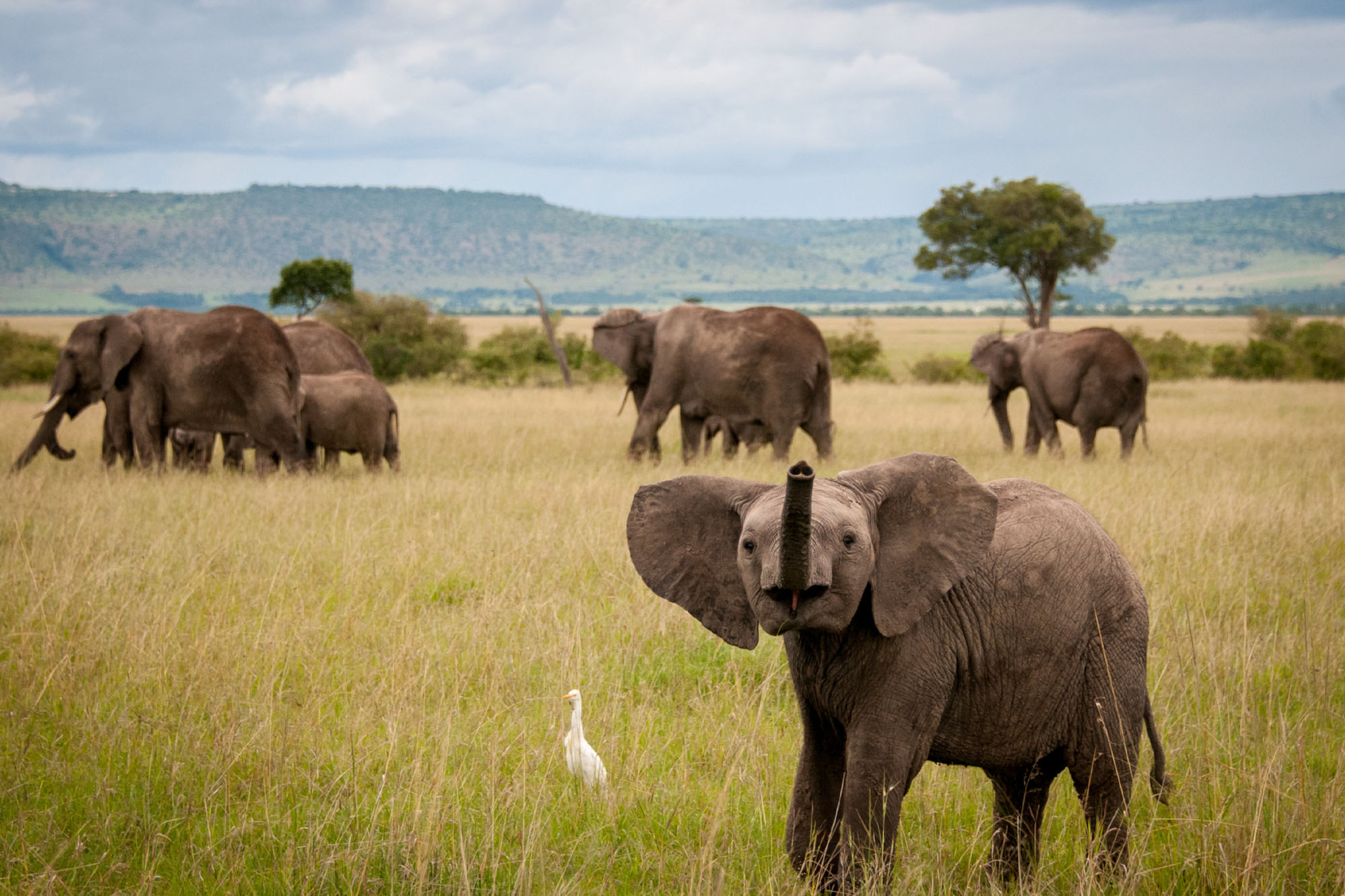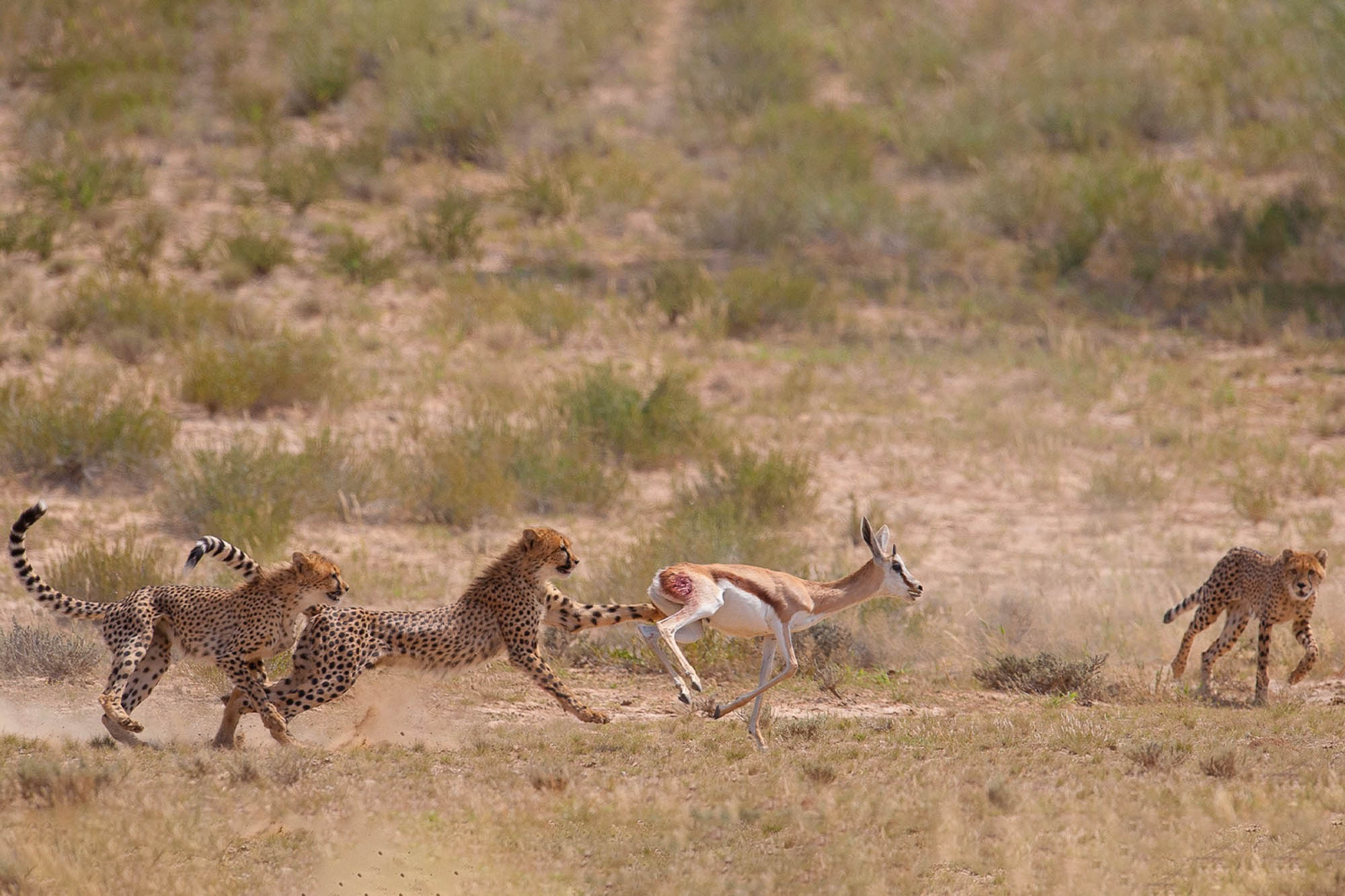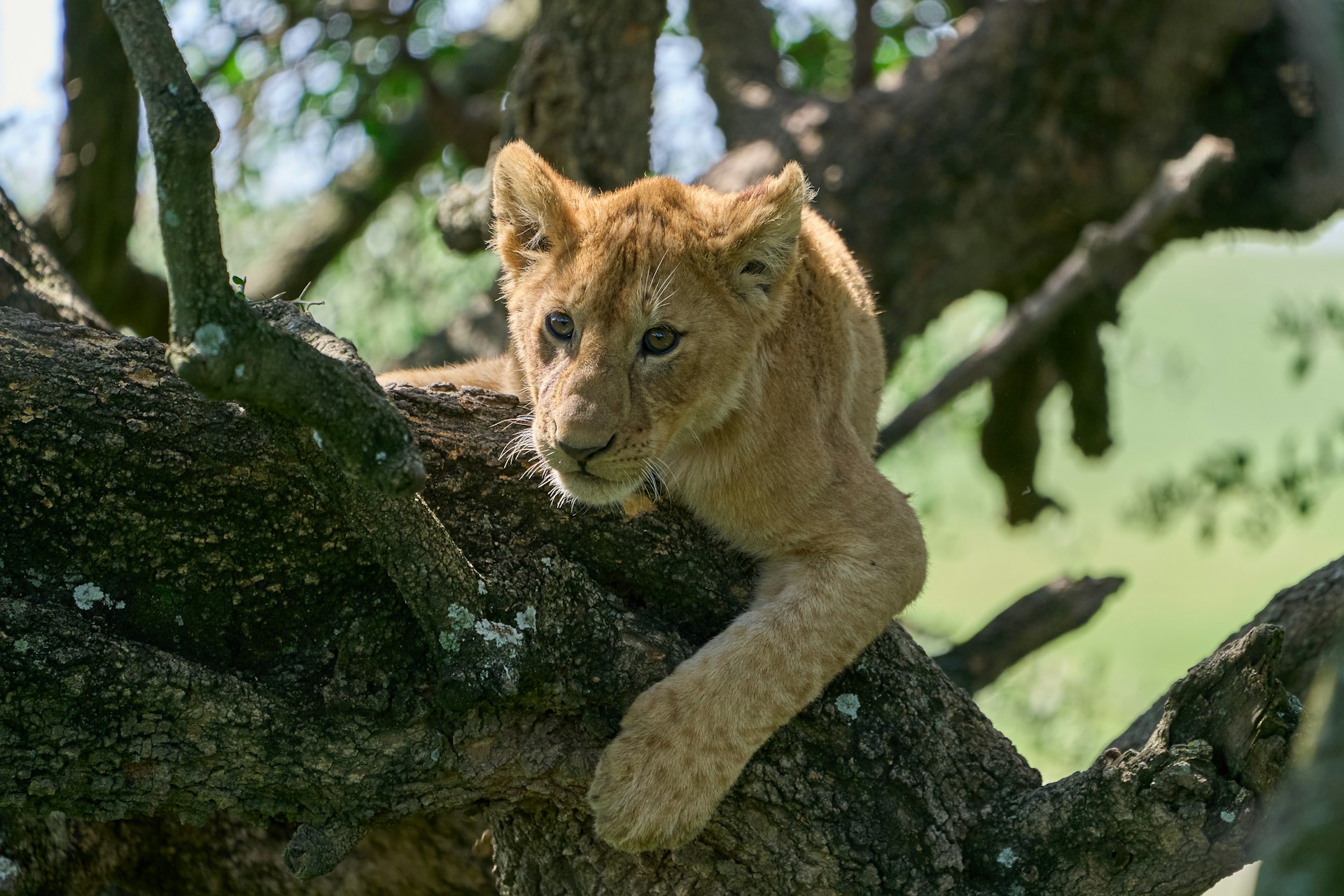Overview
History of Lake Manyara National Park
Lake Manyara National Park, nestled along the Great Rift Valley in northern Tanzania, is a beautiful and ecologically diverse destination offering unique wildlife experiences and breathtaking landscapes. Here’s an overview of the park’s history, best times to visit, distinctive features, and activities:
Lake Manyara National Park was established in 1960 and covers an area of about 330 square kilometers (127 square miles), with two-thirds of its area occupied by the alkaline Lake Manyara. The park was initially created to protect its wide array of wildlife, particularly the flamingo populations that flock to the lake, as well as the diverse habitats in the area. Its creation also helped preserve the natural resources that are important to nearby communities and the local Maasai people, who have lived in the region for centuries.
African Neture
Best Time to Visit
The best time to visit Lake Manyara National Park depends on the type of experience you’re seeking:
- Dry Season (June to October): Wildlife congregates around the shrinking water sources, making animals easier to spot. This season is perfect for viewing elephants, hippos, and lions, as well as various bird species.
- Wet Season (November to May): The park is lush and green, and Lake Manyara hosts large flocks of migratory birds, including pink flamingos. The wet season offers a beautiful landscape, though wildlife may be harder to spot due to the dense vegetation.
Uniqueness of Lake Manyara National Park
Lake Manyara National Park is unique for its diverse ecosystems within a relatively compact area, including groundwater forests, savannas, acacia woodlands, and swamps. The park is home to the famous tree-climbing lions, a rare behavior that’s unique to this region and some parts of Uganda. Another standout feature is Lake Manyara itself, a shallow alkaline lake that attracts thousands of flamingos and over 400 bird species, making it a bird-watcher’s paradise. The park’s groundwater forests, fed by natural springs, create a cool, lush environment that is rare in the otherwise arid landscape of northern Tanzania.



Activities in Lake Manyara National Park
- Game Drives: Visitors can embark on day or night game drives to spot elephants, hippos, giraffes, buffalo, and the elusive tree-climbing lions.
- Bird Watching: With over 400 bird species, the park is a premier spot for birdwatchers, especially during the wet season when migratory species arrive.
- Canoeing on Lake Manyara: During the wet season, visitors can enjoy canoeing on the lake for a unique perspective of the park’s scenery and wildlife.
- Walking Safaris: Guided walking safaris offer an intimate experience with the landscape and an opportunity to see animals up close.
- Cultural Tours: Nearby communities offer cultural tours, where visitors can learn about the traditions, lifestyles, and crafts of the local Maasai and other communities.
Lake Manyara National Park offers a diverse and captivating experience for nature lovers, combining a unique mix of ecosystems, varied wildlife, and incredible scenery in one accessible location.
